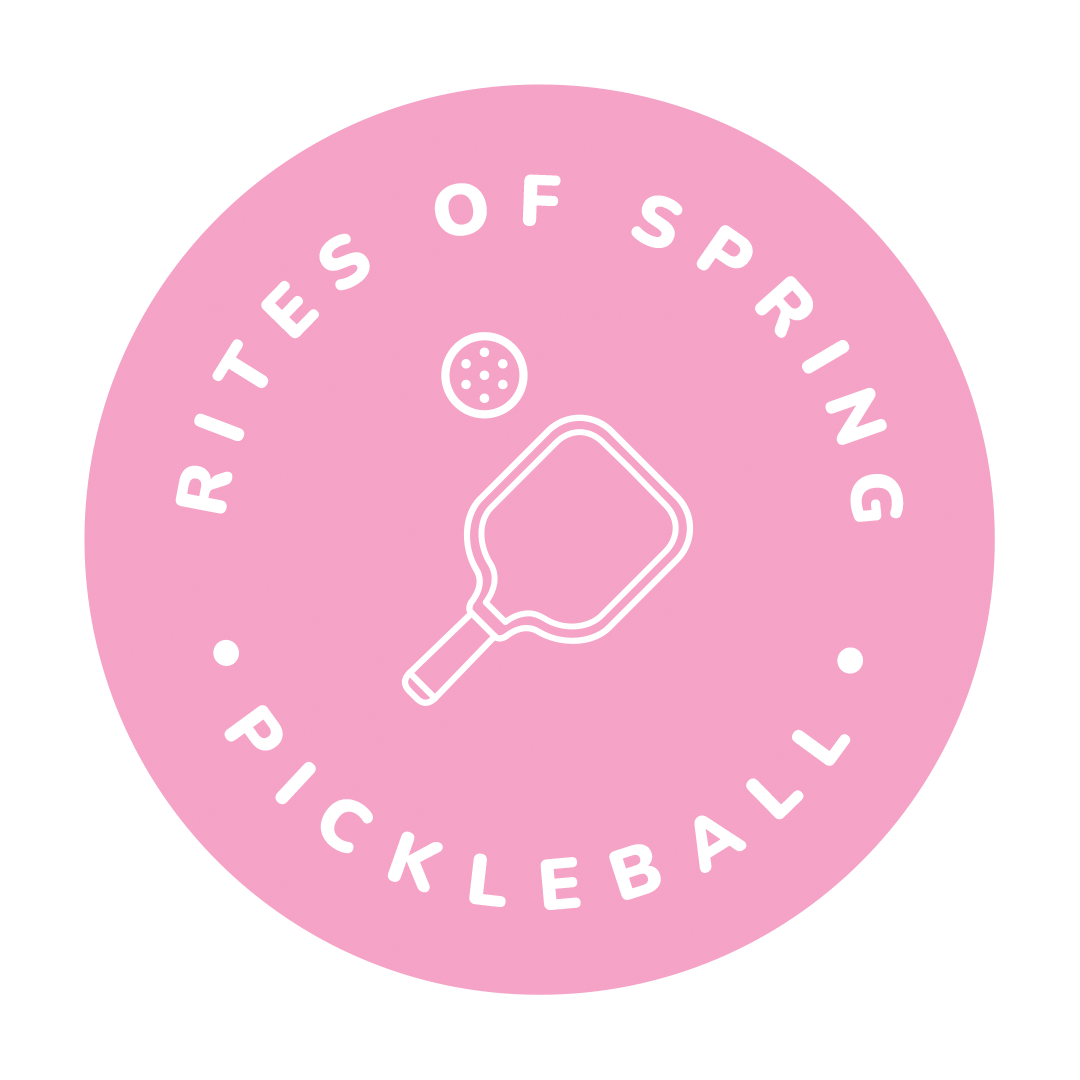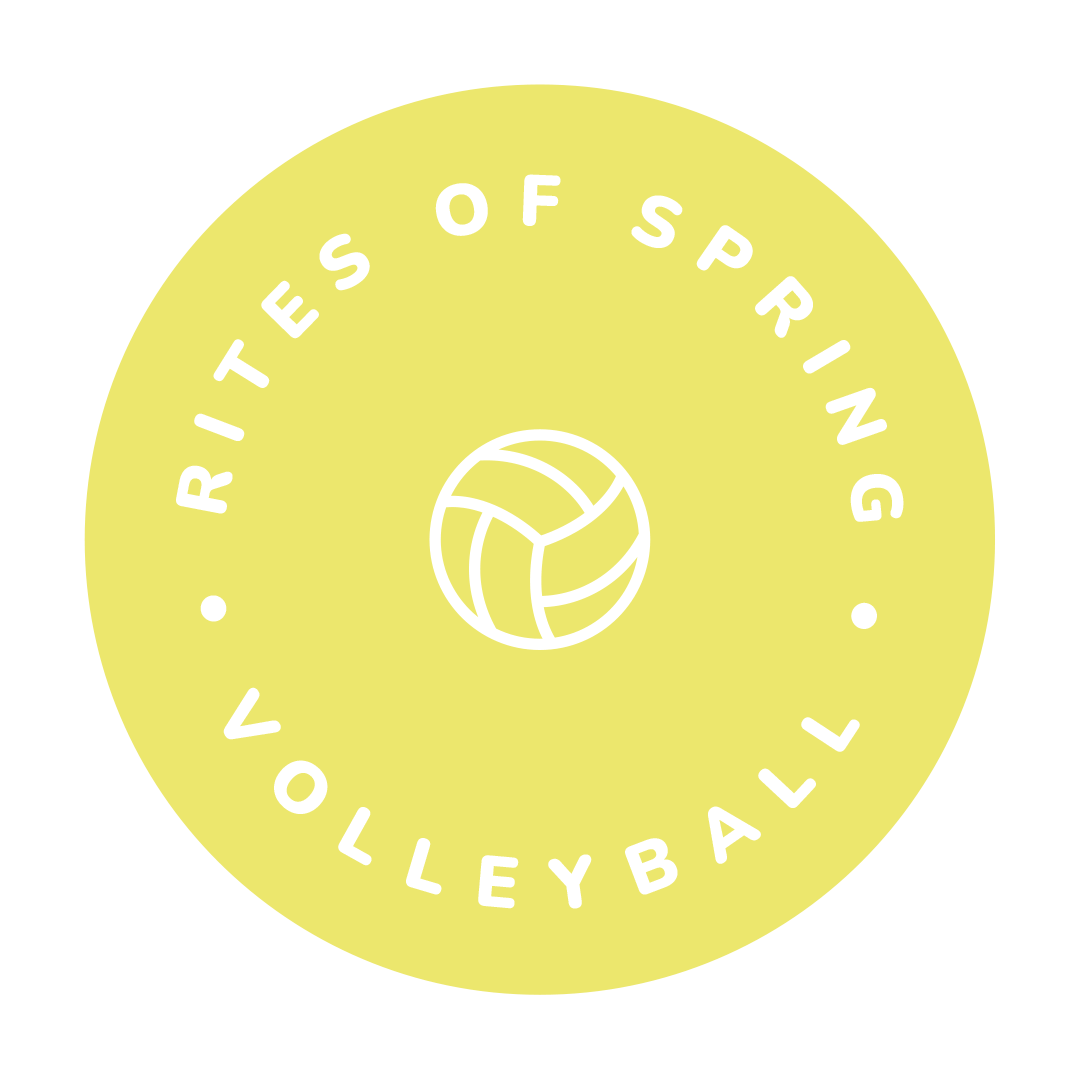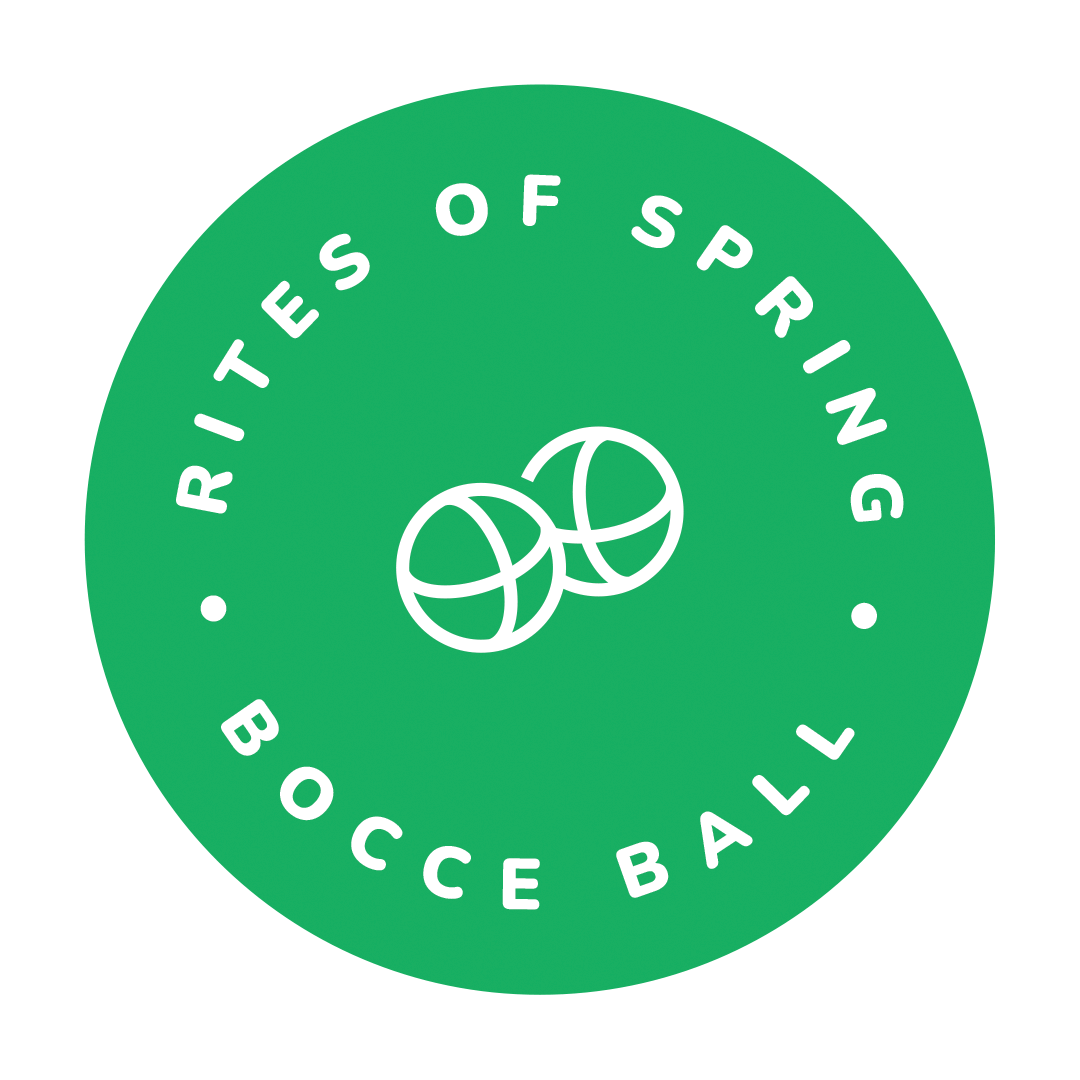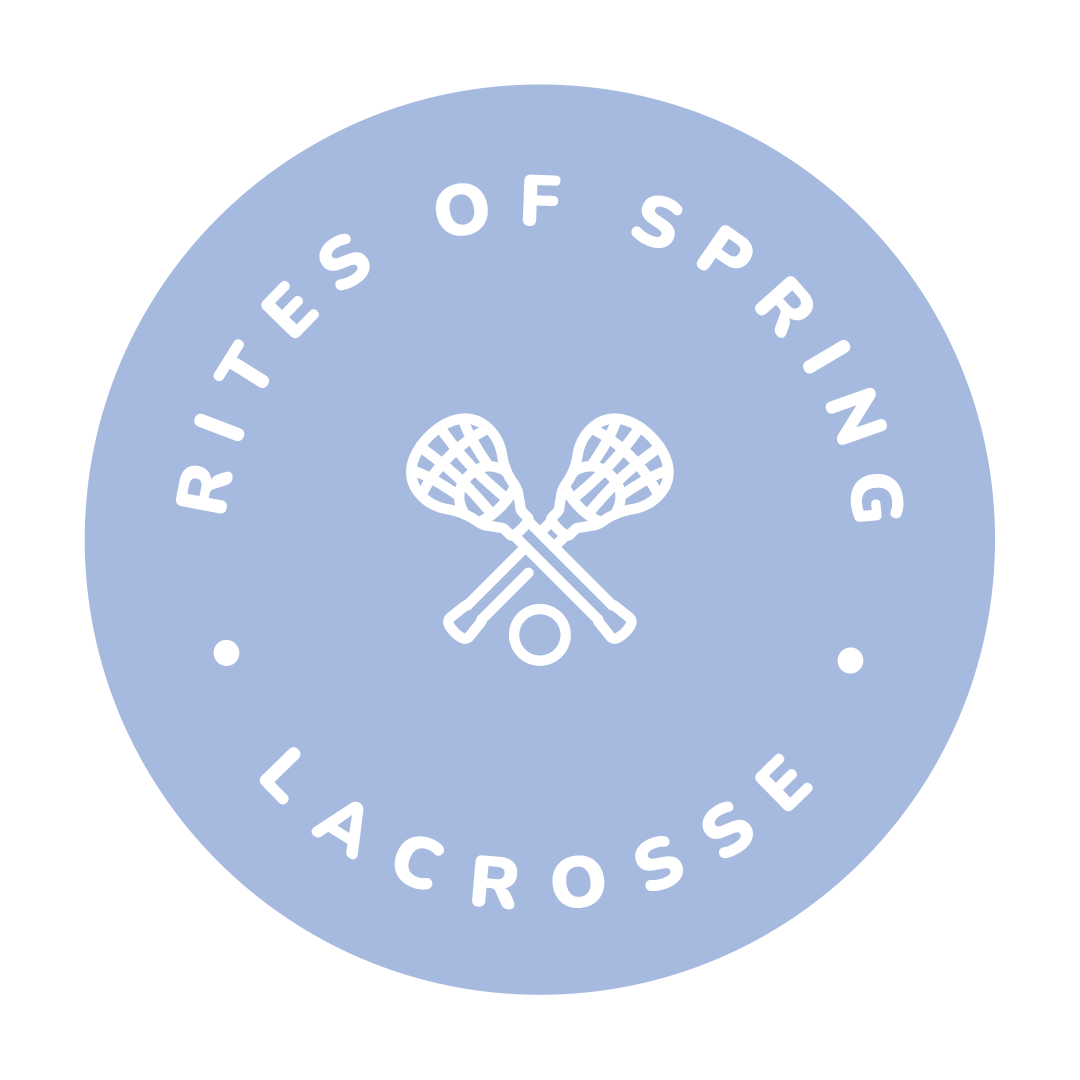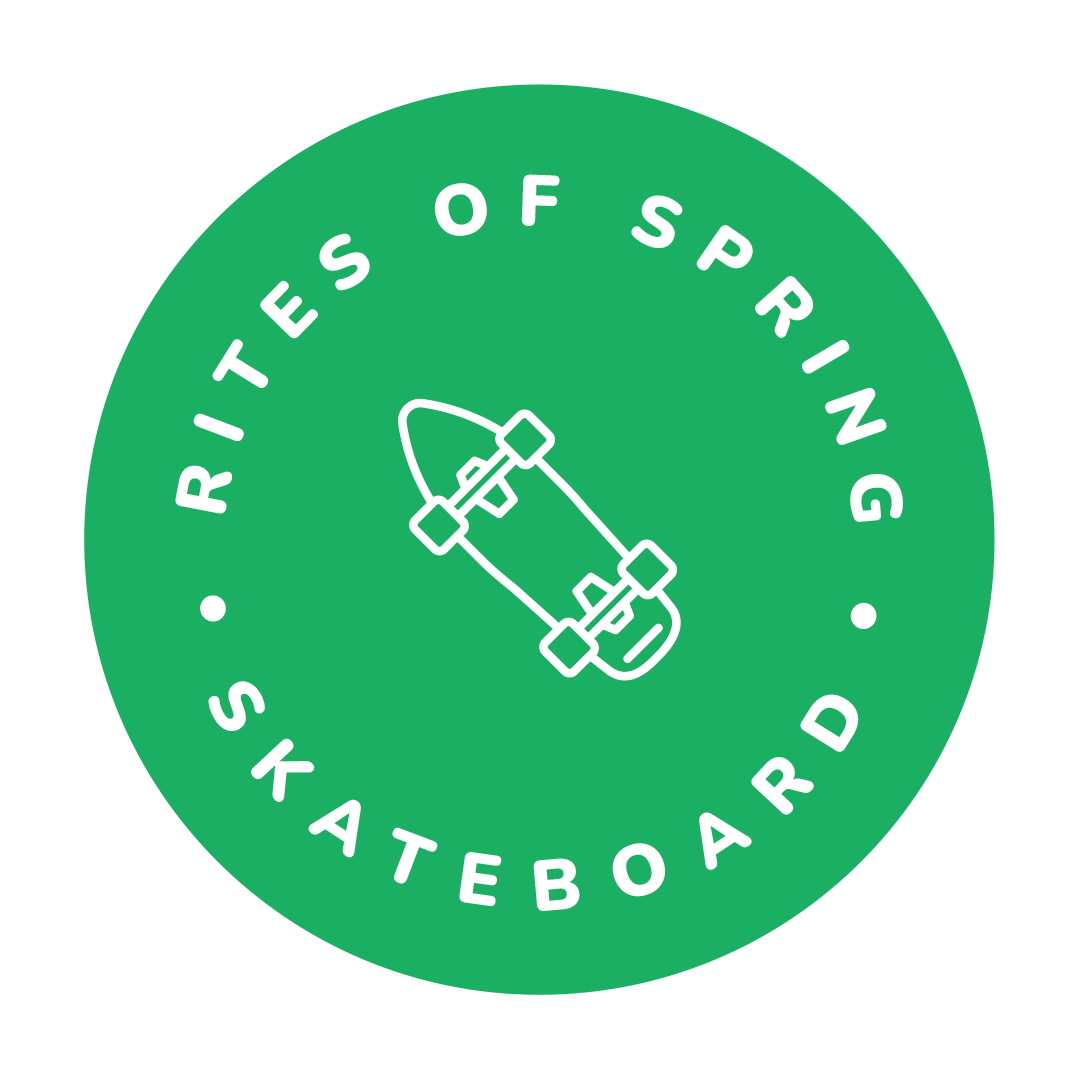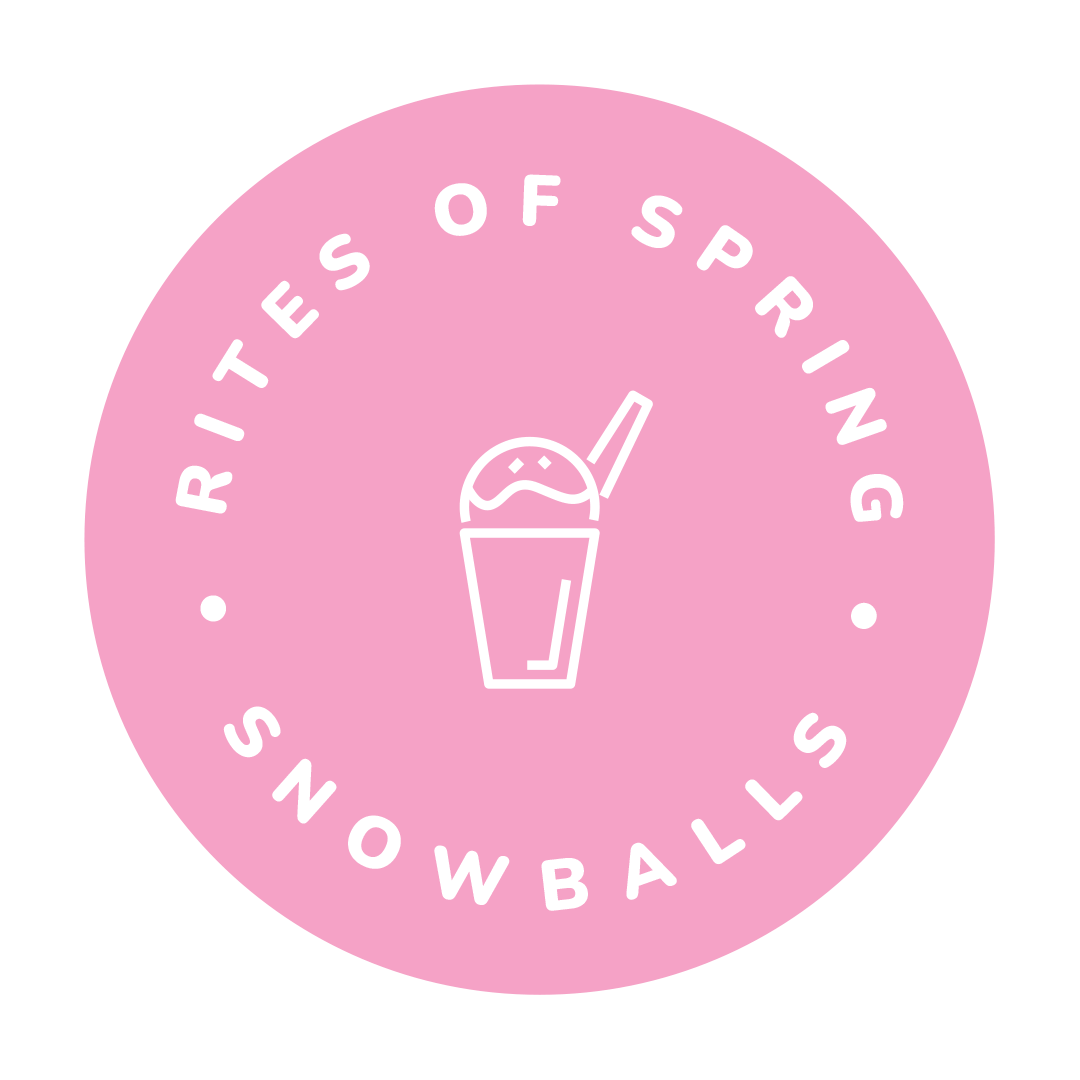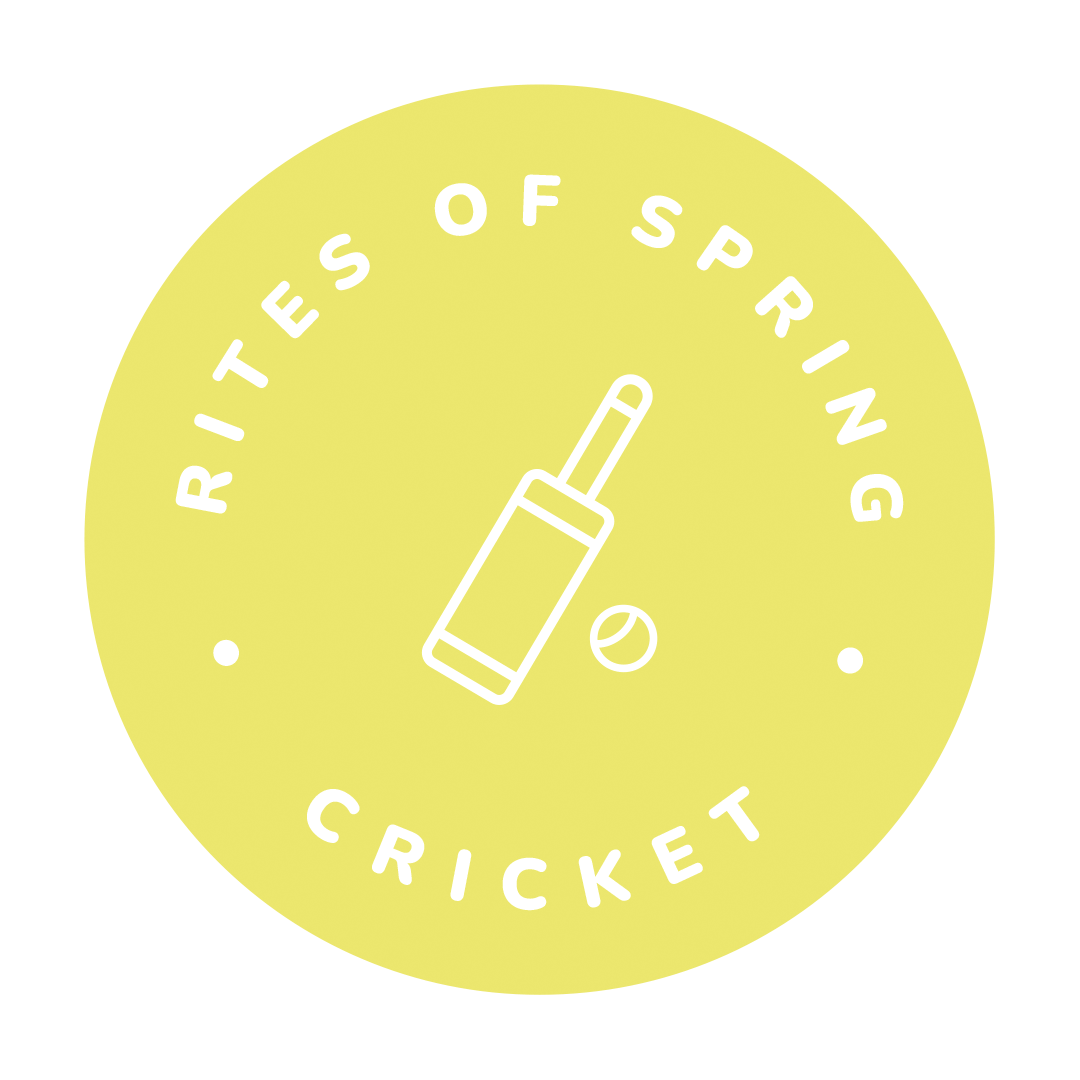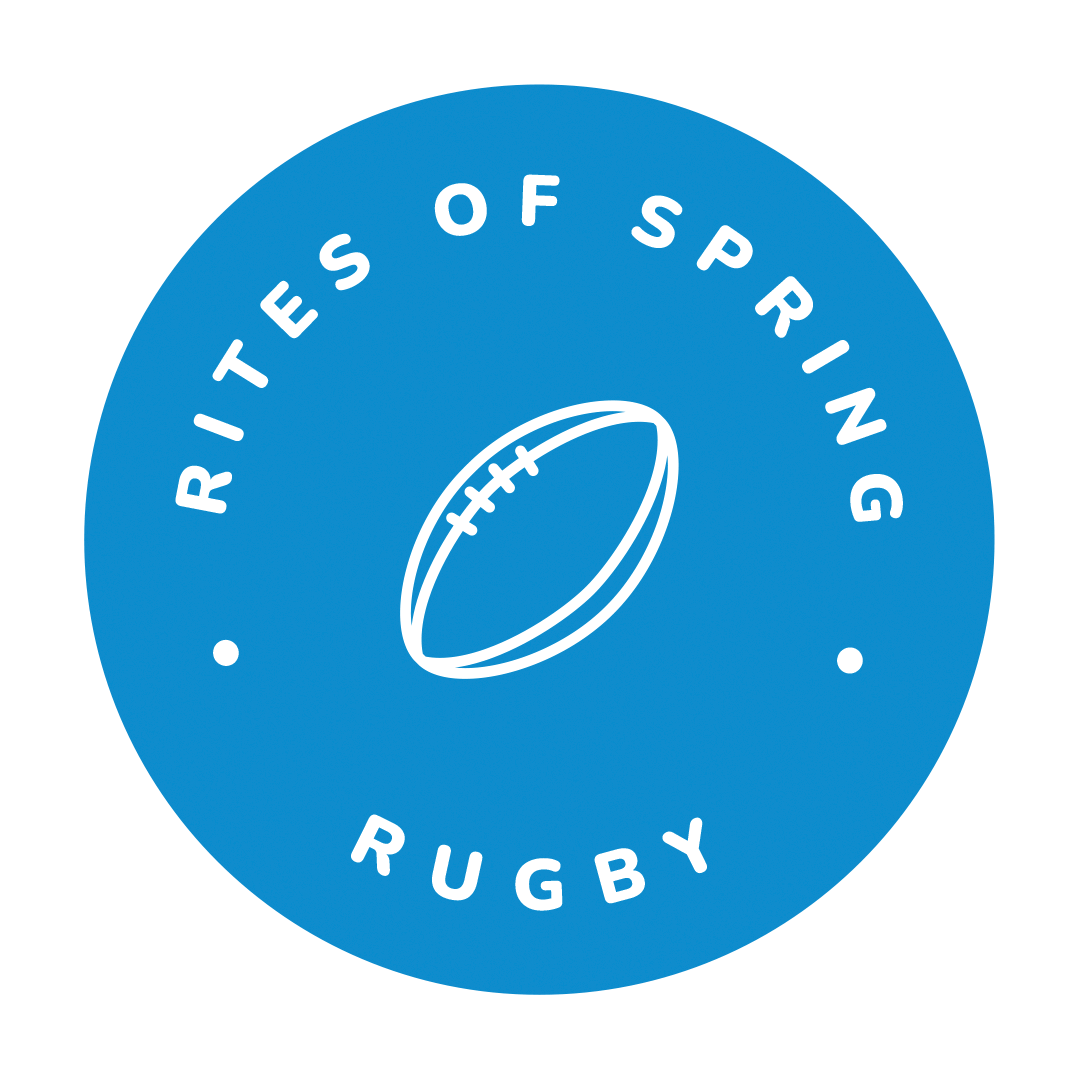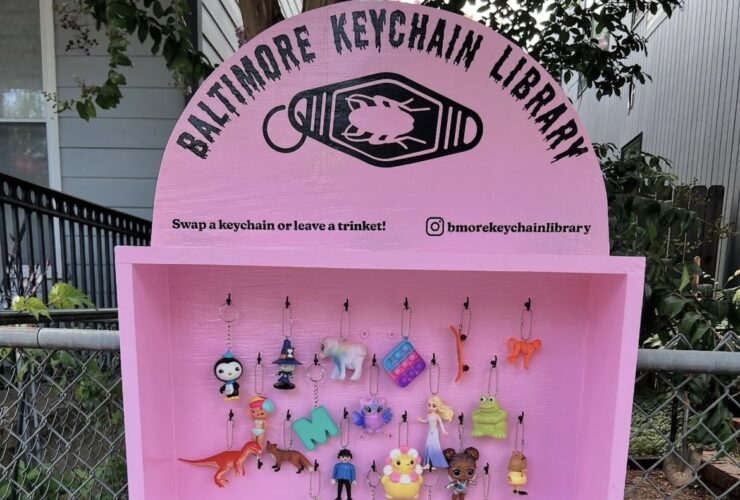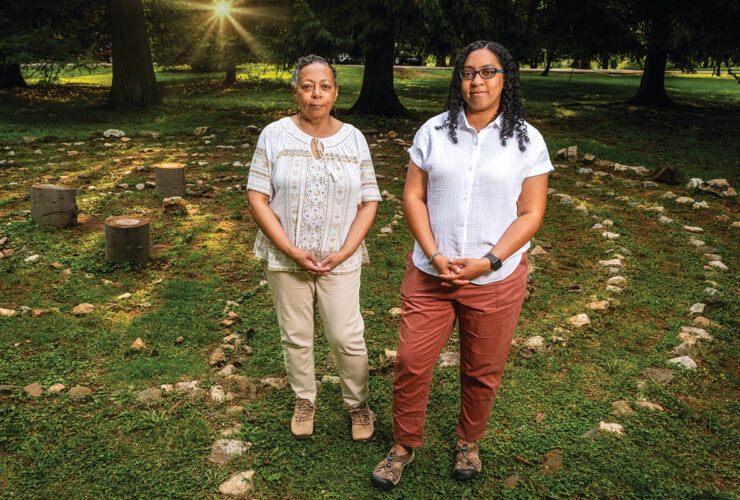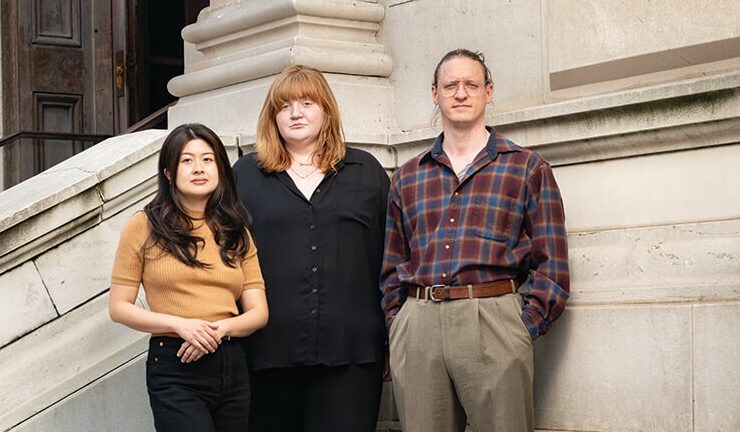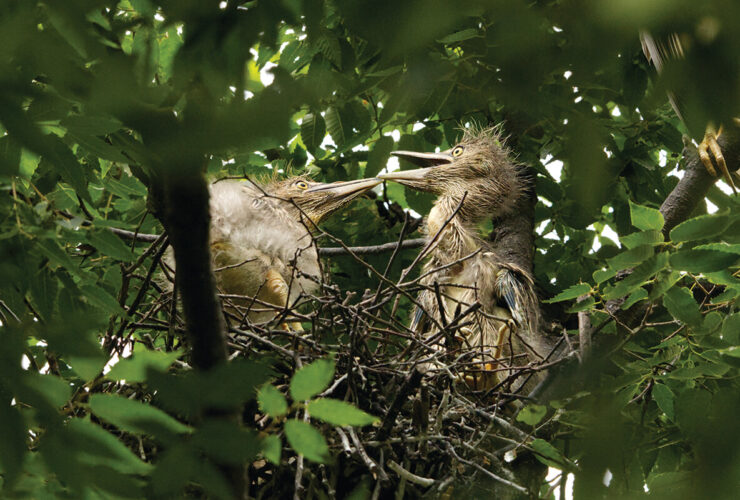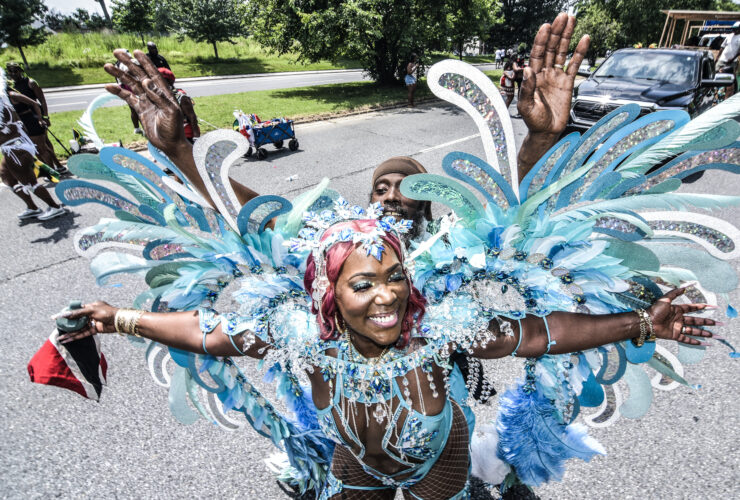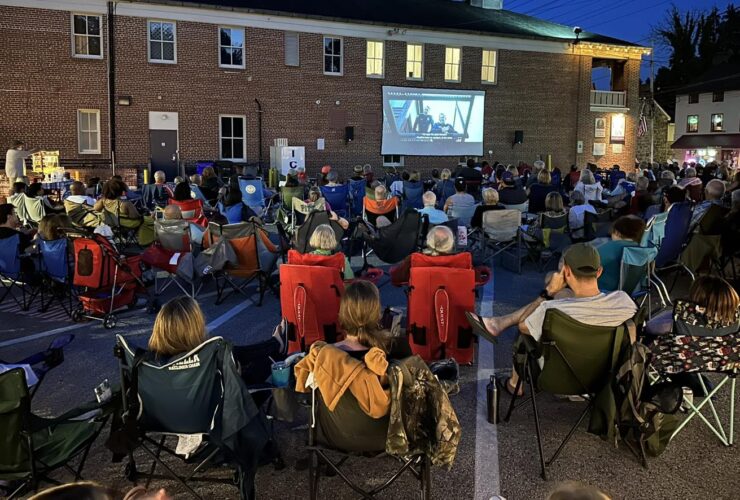
Rites of Spring
Pickup Basketball Has a Storied History in Baltimore. Is it Fading?
“We linked up together and formed bonds with people we would never talk to under any other circumstance,” reflects author D. Watkins, “and then from park to park, we balled harder than the sun shined.”
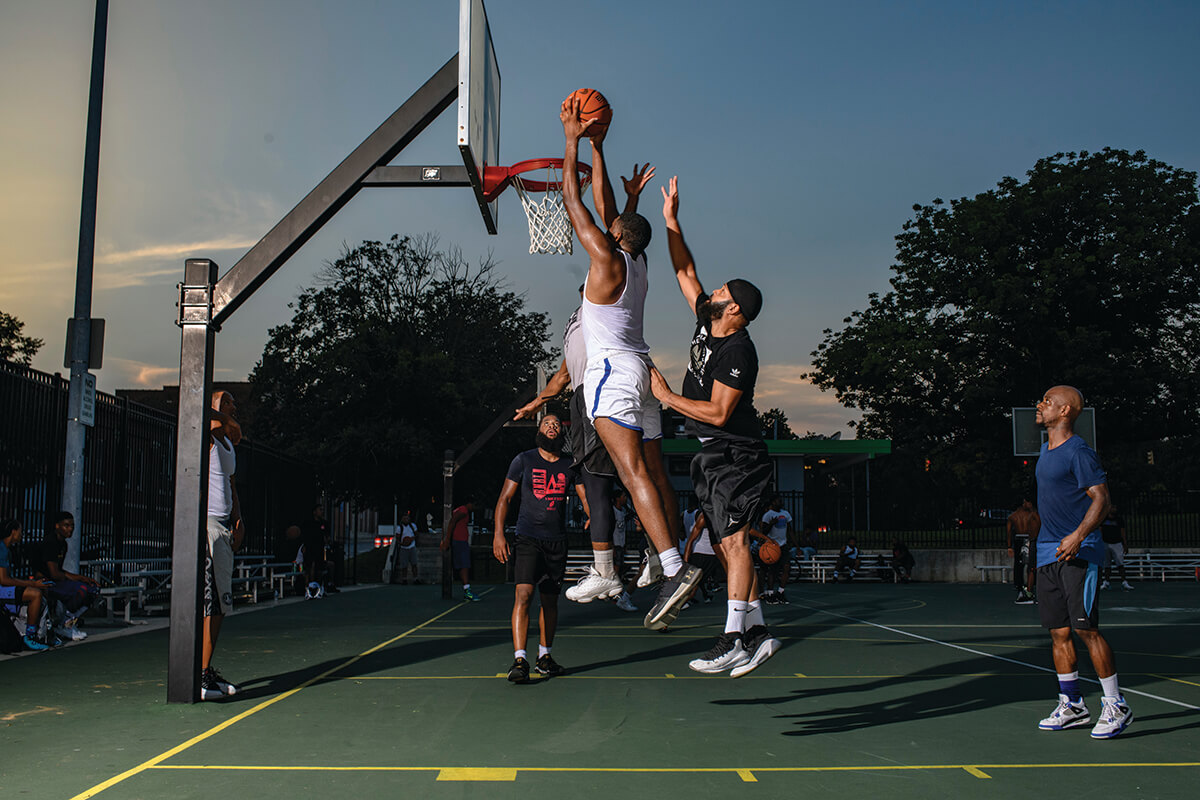
By D. Watkins

’m from a different time, because when the weather broke and the sun began to hang longer, the parks filled up and guys like me were always in the mix. A dozen years ago, I wasn’t D, the writer. I was D, the retired street guy with a little under $20 in his bank account, and also D, the unemployed aspiring artist—but maybe, I wasn’t even that, at least not in the parks.
In the parks, I was still “Lil Dwight” from Robinson and Jefferson. “D” with the jump shot, pictured in the black-and-white photo below. “Water Head,” who travels when he shoots, so call it, or “Doc,” who spins left and lays the ball up with his right hand. “Send him right!” they’d yell at the parks. “Cut that left off, send him right!”
The main park was Boceks on Madison on the eastside. Boceks was the mecca and the only place I saw a young Sam Cassell own the court on a Friday and 5’3” Muggsy Bogues do the same a day later. It’s where Marvis “Bootsy” Thornton dominated before going to St. John’s and “Mo” Hatten put his whole long arm inside the rim. NBA All-Star Carmelo Anthony, “Silk” Poole, Tony Rufus, Will Barton, Reggie Lewis, the future businessman, and Reggie “Truck” Lewis, the future Celtic, all came through Boceks.
But we also balled at the Cage and Cloverdale, pictured, over in West Baltimore, and 101 back over east, at Patterson Park, Tench Tilghman, and Goldilocks—with those tight-ass double rims in that tightass alley. Real hoopers never really balled at Druid Hill, which has always been for pedestrians. Ellwood Park, where the lights used to stay on all night long, was another story.
When the weather broke, and we were really ambitious, we’d hit the Federal Hill courts next to AVAM at 2 a.m., or Dorsey Road by the airport, or Kenilworth out Towson, looking for the people looking for us, ballplayers.
Ballplayers with sore backs, wearing braces on both knees and cut-off T-shirts and attitude problems. The ballplayers we looked for on warm spring days and nights were mainly Black men, sometimes white men who could flat-out play, and sometimes women who didn’t find the same joy in picking apart other women that they did in destroying men—as if emasculating these guys and shaking up their identity was the only thing that scratched their itch.
We could find each other on one of these courts, all these courts at some point. We linked up together and formed bonds with people we would never talk to under any other circumstance, and then from park to park, we balled harder than the sun shined.
This era has died, however.
I’m not sure if it’s because everyone is TikToking and IGing all day, or the young people with basketball talent are treated like celebrities and sucked into the AAU circuit. Or maybe the younger guys noticed that our generation of ballplayers had beat-down knees and injuries that don’t ever fully heal—accompanied of course with stories that we don’t stop telling. Still, either way, the courts are empty by comparison these days.
This great migration, if you will, did not happen all at once, and you can still get a light game on some courts, but I remember the glory days ending around 2014.
My little cousin Buck used to honk the horn twice back then, and I’d pop out of the crib, landing right in the passenger seat of his white Honda Accord. From there, we’d bump old Jay- Z, mainly Reasonable Doubt and In My Lifetime, Vol. 1, and head to one of the weaker courts in Baltimore, like 26th Street or Caton Avenue. These visits were meant to get us warm so that we would be ready when we made it to the actual competition, like Boceks or Ellwood.
“This is why I only hoop indoors,” Buck said on one of those late 2014 days when the sun was still shining, and the courts should have been packed, but weren’t. “Nobody plays outside anymore.”
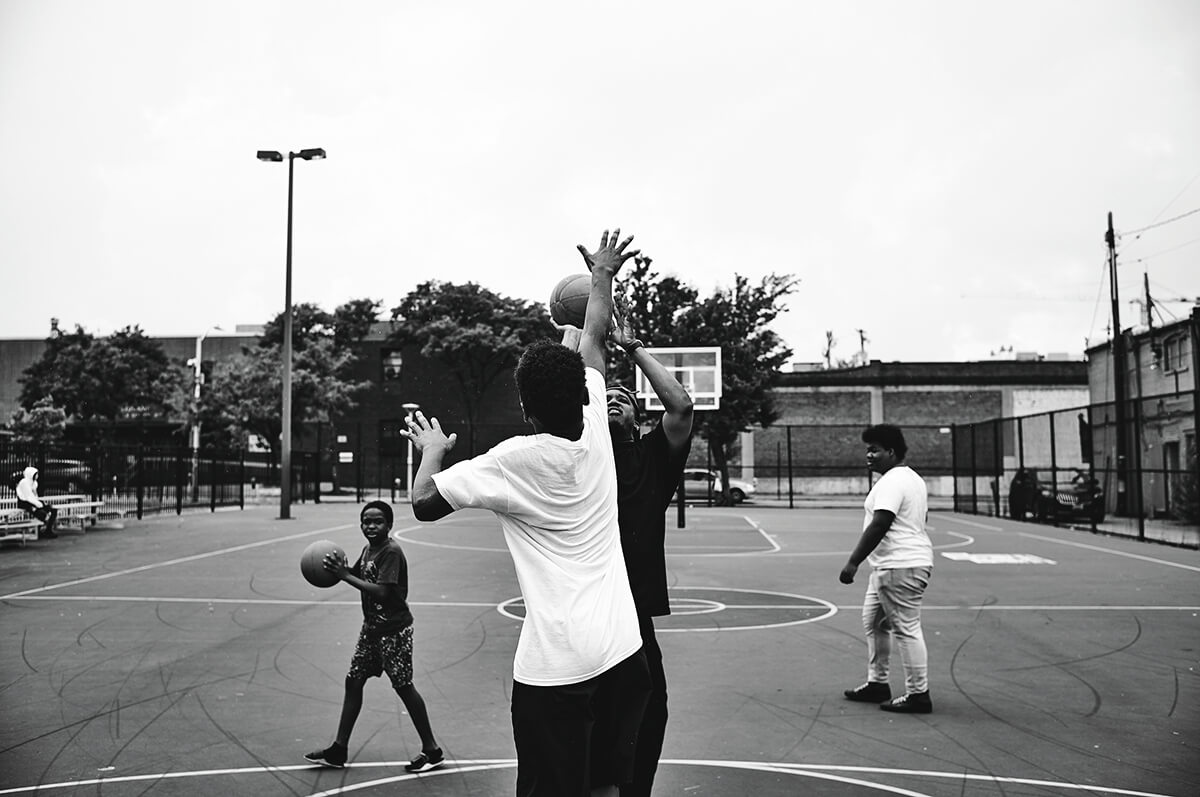
PHOTOGRAPHY BY DEVIN ALLEN
“WE LINKED UP TOGETHER AND FORMED BONDS WITH PEOPLE WE WOULD NEVER TALK TO UNDER ANY OTHER CIRCUMSTANCE.”
And my cousin was right. The courts where we used to call winners at 5 p.m., knowing that we wouldn’t get on for two hours because there were so many people waiting ahead of us, had become weak. Being bare made them weak, but they were also weak because the real players weren’t there anymore. A lot of guys aged out, some passed on, a few went off to do prison bids. The people who we normally look for on nice days were gone.
There was no way that I, in my early 30s, and Buck, in his late 20s at the time, should’ve been running the court like that. Back in the day, we used to be lucky to run two or three games because it was so crowded, and once you lost, you had to go home. But then we started getting three or four games in because the talent just stopped showing up.
About six years ago, we almost stopped playing outside in general. Mostly what we have left now are the stories from those glory days when we waited all year for the weather to break so that we could mix with competitive people like us.
It was a different time.
